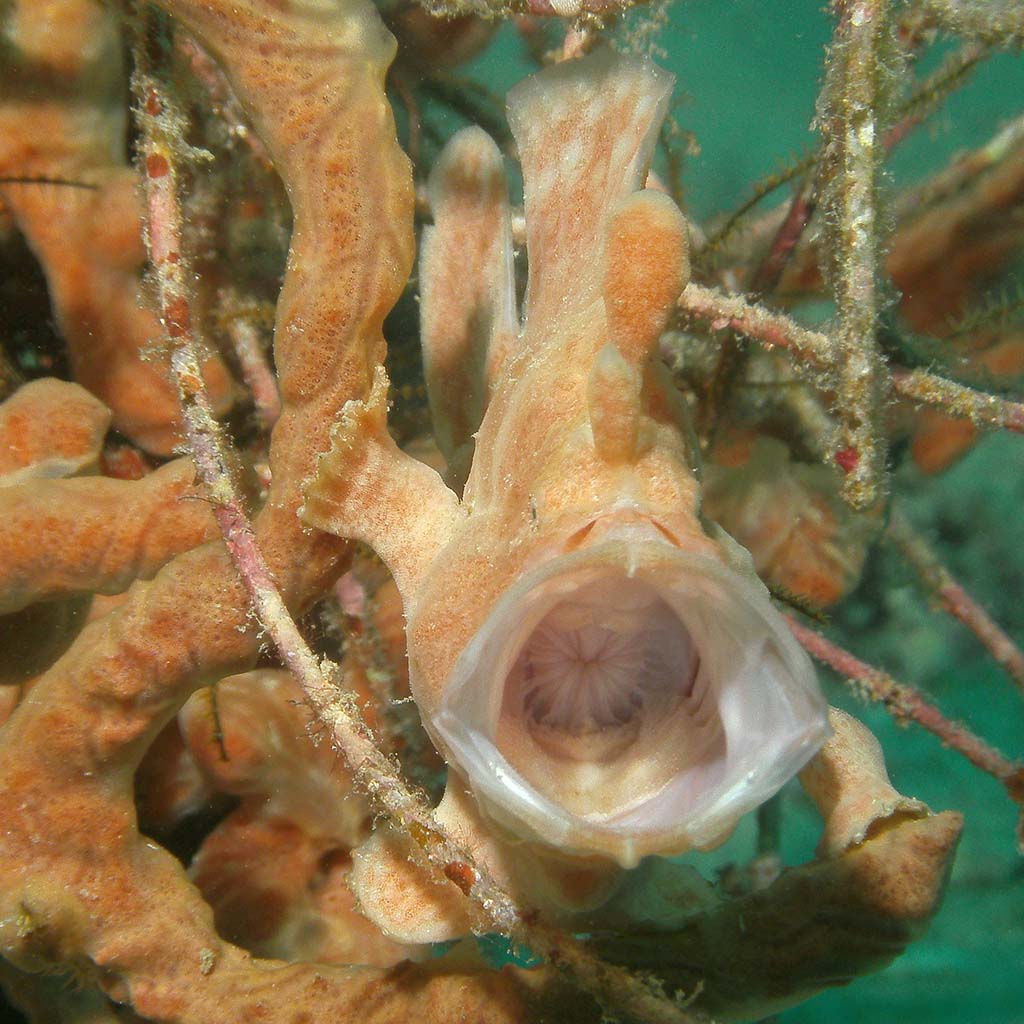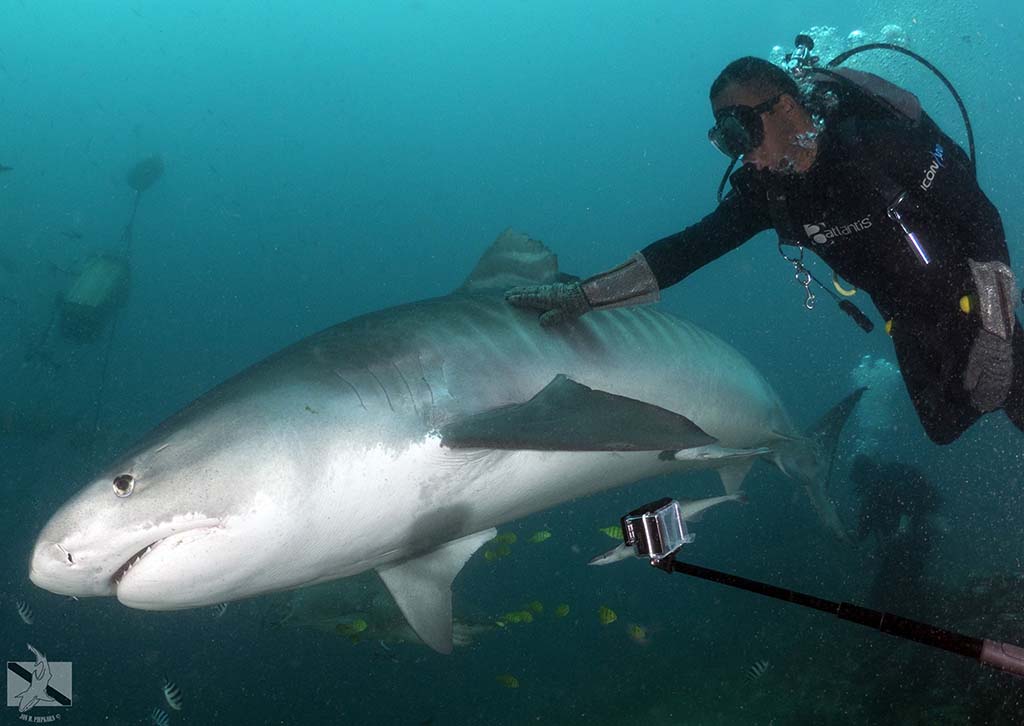Underwater photography has experienced an explosion in popularity, with cameras getting easier to use and a lot cheaper. So how do you ensure you’re not annoying the diver next to you with that GoPro stick or massive DSLR rig?
Not so long ago, you would see a few compact cameras and maybe one ‘big rig’ on most liveaboards or day trips. Now with GoPro style cameras and many affordable high end compact cameras everywhere, it’s time we reviewed how we communicate with each other before our dives to minimise disruption from cameras.
An online discussion compelled me to pen this piece. It is only my opinion but I hope it inspires positive change. The more we are able to share the wonder of our underwater world, the better. However, guidance for those who are new to this domain is lacking. I was lucky to have some wonderful mentors at the start of my underwater photographer journey and they instilled some simple positive behaviours that I hope we can pass on.
Briefings
Hands up who would like to see Photographer Behaviour as part of the standard dive brief?
Such a briefing would set basic standards for new underwater photographers. This is something I do as a matter of course when I’m guiding a dive but if more of us add this to our briefs, it will become ingrained. After having the pleasure to share a short trip with 11 fellow photographers/videographers and seeing firsthand how easy this is, I now make an effort to include a photography brief when there are other photographers on board.
What do we discuss?
Field of View. If you are not sure if you are in the shot, treat each camera as though it can see 180 Degrees. Stay behind and above other photographers when waiting for your turn to shoot. This is such a simple thing and it stops the “GoPro on a pole” in your nice reef shot (most of the time).
Hand Signals. Let other photographers know you’re finished with an ‘OK’ signal. Switching positions after an “ok I’m finished” communication is also key. Approaching from above and behind when signalled keeps the area clear for shooting and helps to minimise silting (A down current approach can also help).
Modelling. Work out hand signals with your model (and other divers) BEFORE you get in the water. Does the shooter want a diver in their shot? How will we communicate this, who will model, how will they position themselves to prevent damage to the environment?

Critters. How to approach and minimise the stress to animals (Pygmy seahorses shouldn’t spend 60 min being blinded by strobes/video lights).
High silt areas. A gentle reminder to push off or inhale off the area instead of kicking works wonders. I find often just pointing out to newer divers the cloud they cause when finning instead of frog kicking is all it takes.
Not hogging the subject. If you or your guide find and awesome critter, take four to five shots and then move off and let others in to have a crack. You really want that behaviour shot? Cycle back to the end of the line and wait. Simple, polite and if you then want to spend 25 min waiting for a brooding jawfish to pop out of their hole, you won’t be causing frustration for other divers. Just like kindergarten, we all get our turn and share.
General behaviour
I have a confession to make. I am that diver with the really big rig and a goal photograph in mind on most dives. Does this give me special privileges—DEFINITELY NOT!
If I want special treatment, I will pay for a private dive guide and explain to them what I am after. Not to manipulate critters but to possibly find me that critter and not disturb other divers. We have all seen this sort of behaviour and it is not constructive for anyone.
And it is not just “Big rig” divers either. I’m sorry Miss GoPro, the dive guide is there to guide all of us, not to be your private cameraman. I have seen guides not want to correct this entitled behaviour as they rely on tips and want to make the client happy but at the cost of annoying other divers in the group. If we have the courage to speak up, to correct this behaviour it makes for a better experience for guides and divers.

So how do we deal with this? I suggest an open discussion. We all have ideas and have seen good and bad behaviour. Don’t be afraid to share with new and experienced divers!
I love to chat with other photographers, I don’t care what you shoot with. Being in the right place at the right time plays a huge factor in that “Wow” factor shot and who cares if the GoPro person got the shot of the trip, be happy for them.
I plucked up the courage to step up from a compact to a micro 4/3rds rig thanks to the mentoring of a fellow compact shooter who had done his research, we are still in touch and shoot on similar rigs and share ideas, reviews, tips and pics regularly.
I have made leaps in skill after having breakfast in Fiji with a lovely lady who finally explained aperture Vs shutter speed in a way that worked for my brain. In fact, I wouldn’t have the photography skill set I have today without the generosity of people who simply spent time sharing their passion and knowledge.
Which is why I felt compelled to share these ideas, and why I’ll happily continue to share ideas and knowledge about underwater photography to anyone who wants my help or simply to listen.




